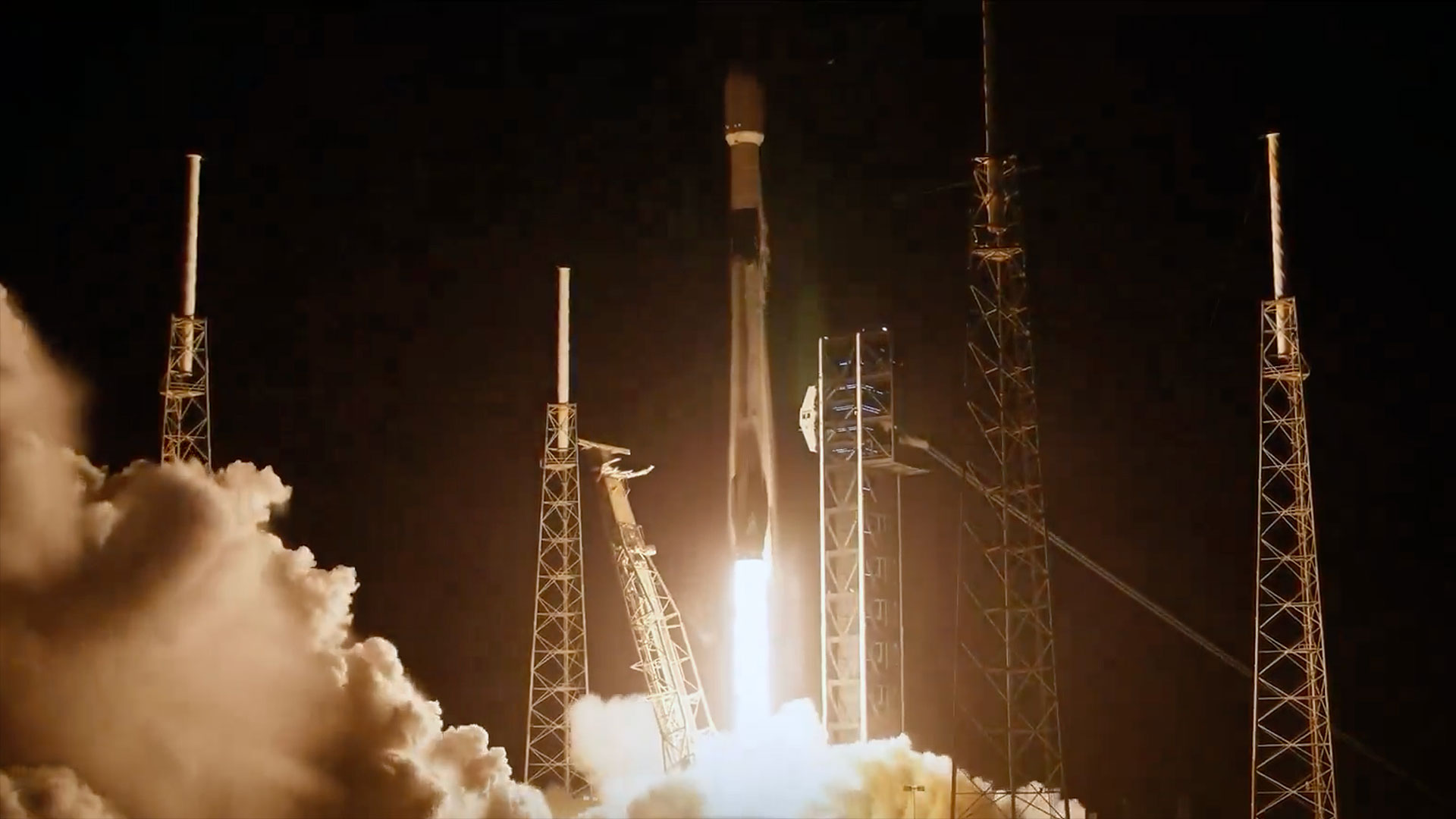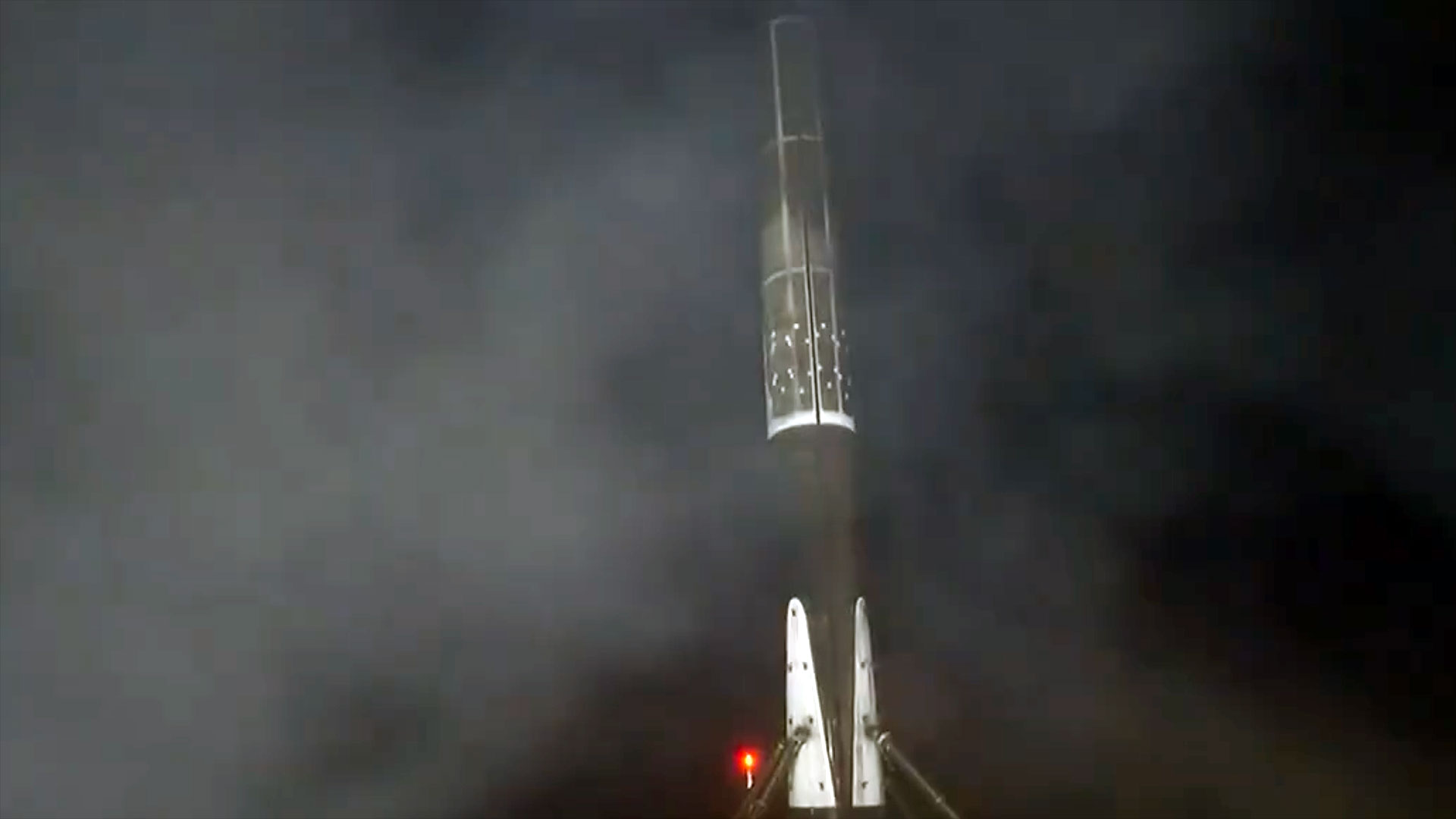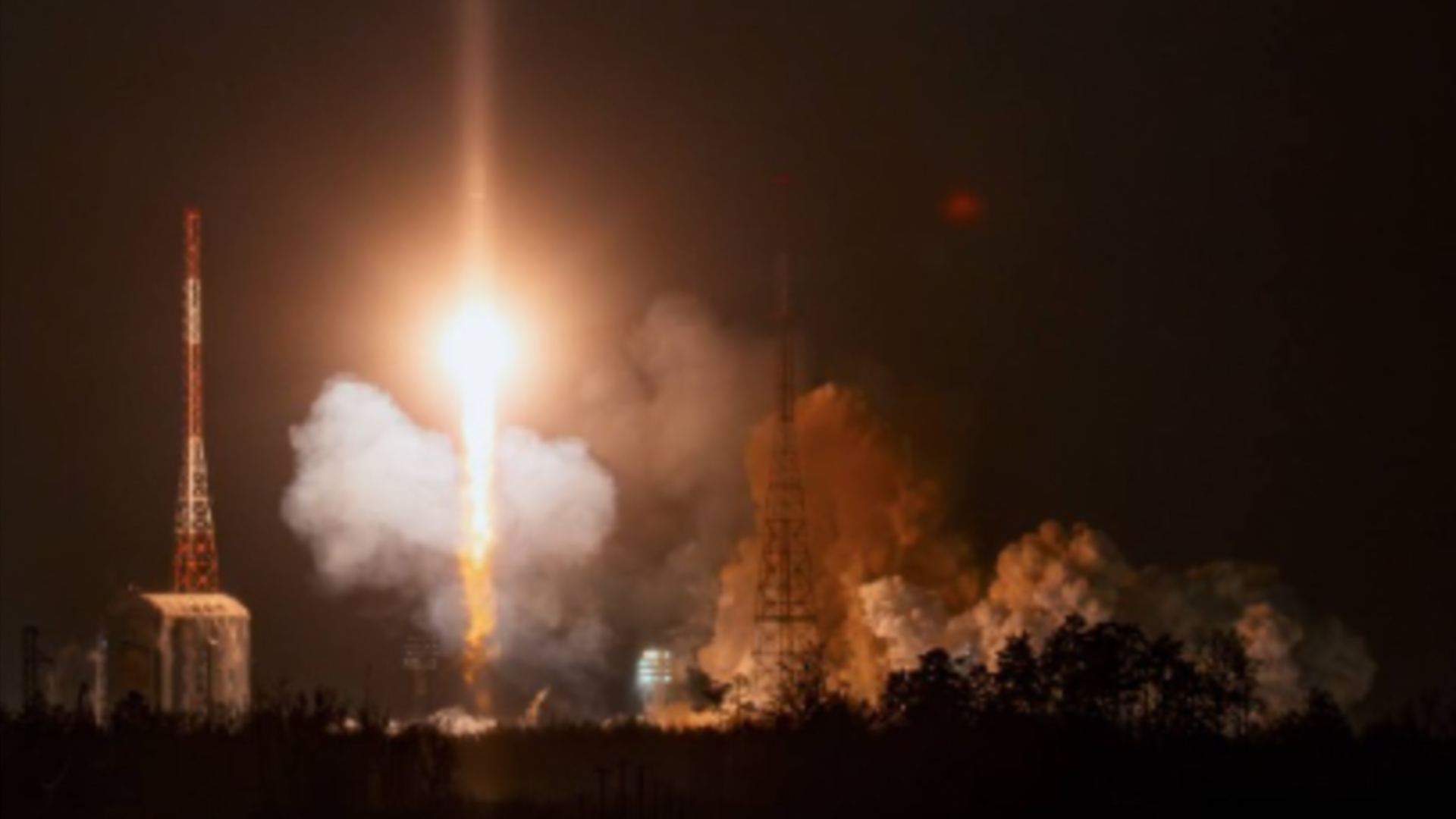SpaceX launches 23 Starlink satellites on 2nd leg of spaceflight doubleheader (video)
SpaceX launched another batch of its Starlink internet satellites from Florida on Wednesday night (May 22), the second mission in less than 24 hours for the company.
A Falcon 9 rocket topped with 23 Starlink spacecraft lifted off from Florida's Cape Canaveral Space Force Station at 10:35 p.m. EDT (0235 GMT on May 23).
Related: Starlink satellite train: How to see and track it in the night sky

The Falcon 9's first stage came back to Earth about 8 minutes after launch, touching down on the droneship A Shortfall of Gravitas, which was stationed in the Atlantic Ocean.
It was the eighth launch and landing for this particular first stage, according to a SpaceX mission description. Among its seven previous liftoffs were three Starlink missions and the Ax-2 and Ax-3 private astronaut missions to the International Space Station.
The Falcon 9's upper stage, meanwhile, carried the 23 Starlink satellites to low Earth orbit (LEO), where they were set to be deployed about 65 minutes after liftoff.

Wednesday night's liftoff was the second of the day for SpaceX. In the morning, the company launched the NROL-146 mission from California's Vandenberg Space Force Base, sending a set of satellites aloft for the U.S. National Reconnaissance Office.
Breaking space news, the latest updates on rocket launches, skywatching events and more!
That was SpaceX's 52nd orbital launch of the year already. Thirty-six of those missions have been dedicated to building out the huge and ever-growing Starlink megaconstellation, which currently consists of about 5,950 working satellites.

Michael Wall is a Senior Space Writer with Space.com and joined the team in 2010. He primarily covers exoplanets, spaceflight and military space, but has been known to dabble in the space art beat. His book about the search for alien life, "Out There," was published on Nov. 13, 2018. Before becoming a science writer, Michael worked as a herpetologist and wildlife biologist. He has a Ph.D. in evolutionary biology from the University of Sydney, Australia, a bachelor's degree from the University of Arizona, and a graduate certificate in science writing from the University of California, Santa Cruz. To find out what his latest project is, you can follow Michael on Twitter.
